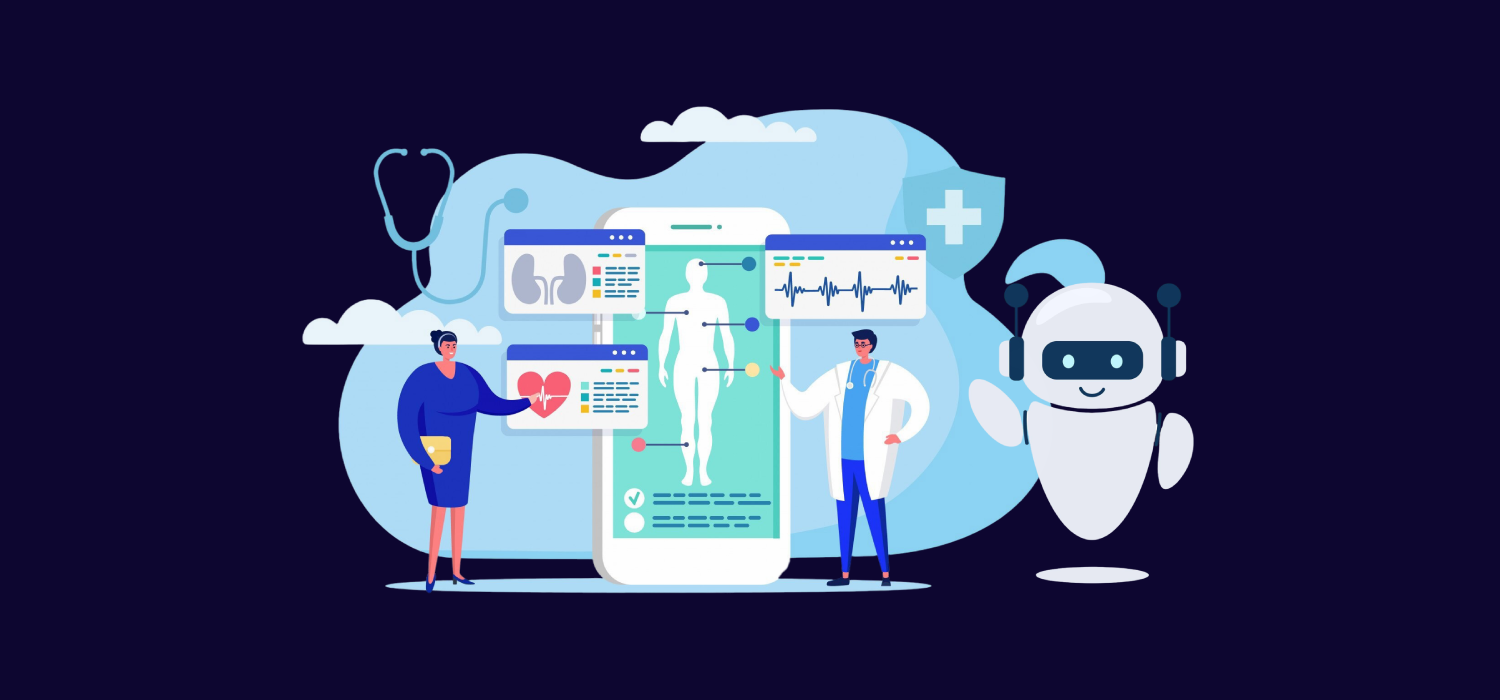Future Trends: How Automation Will Revolutionize Healthcare in USA
Healthcare in the USA grapples with mounting pressures from administrative burdens, staffing shortages, and the need for precise diagnostics. Automation emerges not as a distant promise but as a practical response to these realities.
At its core, automation in healthcare integrates software and machinery to handle repetitive tasks, freeing professionals to focus on human-centered care. This shift aligns with broader technological adoption, where systems learn from data patterns to anticipate needs rather than merely react.
The global Robotic Process Automation (RPA) market is on a rapid growth path, expected to hit $9.91 billion by 2025, expanding at a CAGR of 24.8%. (Research And Markets, 2025)
What Sparks the Push for Automation in Healthcare?
Hospitals juggle electronic health records, billing cycles, and supply chain logistics. Manual processes here breed errors and delays, eroding trust in the system. Healthcare automation in USA addresses this by embedding intelligent tools into daily operations, from appointment scheduling to compliance checks.
The result? A more resilient framework that adapts to evolving demands without overhauling existing infrastructure.
How Does Robotic Process Automation Reshape Administrative Workflows?
Robotic Process Automation in healthcare uses software bots to carry out rule-based tasks such as extracting data from forms, validating insurance claims, or routing patient inquiries.
Key Applications of RPA in Daily Operations
- Claims Processing: Bots scan submissions for discrepancies, cross-referencing with policy details to expedite approvals.
- Patient Onboarding: Automated forms populate from prior records, reducing intake time and minimizing transcription slips.
- Inventory Management: Systems track medication stocks in real-time, triggering reorders based on usage trends.
| Task Category | Traditional Approach | RPA-Enhanced Method |
| Data Entry | Manual keyboarding from scanned documents | Optical recognition paired with bot validation |
| Compliance Reporting | Periodic manual audits | Continuous monitoring with flagged anomalies |
| Scheduling | Phone or email confirmations | Integrated calendars with predictive slotting |
In USA healthcare facilities, where regulatory layers add complexity, such tools cut through redundancy, allowing administrators to pivot toward strategic planning.
In What Ways Will Automation Improve Diagnostic and Treatment Precision?
The future of healthcare automation extends beyond desks into clinical spaces, where predictive algorithms and robotic assistants refine decision-making. Imagine diagnostics where machines analyze imaging scans for subtle markers humans might overlook, or treatments calibrated by real-time vital monitoring.
Subtlety defines this evolution: automation augments rather than supplants expertise. For instance, AI-driven platforms in radiology highlight potential issues in X-rays, prompting physicians to explore deeper. In surgery, robotic arms provide steady precision during minimally invasive procedures, translating surgeon commands with millimeter accuracy.
Emerging Tools in Clinical Settings
- Predictive Analytics: Software sifts through patient histories to flag risks for conditions like sepsis.
- Telemedicine Integrations: Automated triage sorts virtual visits by urgency, ensuring timely interventions.
- Wearable Data Syncing: Devices feed continuous inputs to central systems, enabling proactive adjustments in chronic care plans.
These integrations foster a feedback loop, where outcomes inform future refinements. In the USA, where diverse populations demand tailored approaches, automation bridges gaps in access and equity by scaling expertise across regions.

What Role Does Automation Play in Personalized Patient Experiences?
Patients increasingly seek care that feels intuitive and responsive. Healthcare automation in USA delivers this through chatbots for symptom triage, virtual health coaches for lifestyle guidance, and automated follow-ups post-discharge. These elements weave technology into the patient journey, making interactions seamless.
Personalization thrives here: algorithms draw from individual profiles to suggest wellness paths, from medication reminders tuned to daily routines to nutritional plans aligned with cultural preferences. In outpatient settings, this means fewer overlooked details and stronger adherence to regimens.
Yet, the human touch persists. Automation handles the mechanics, reminders & summaries, while clinicians interpret nuances, building rapport that machines cannot replicate.
Automation has cut administrative errors by 30%, boosted clinical efficiency by 25%, and raised patient satisfaction levels by 20%. (ResearchGate)
How Might Regulatory and Ethical Hurdles Shape Automation’s Path?
Adopting automation in healthcare invites scrutiny over data privacy and algorithmic bias. In the USA, frameworks like HIPAA guide secure handling, but evolving tools demand vigilant oversight. Questions arise: Who audits bot decisions? How do we ensure equitable outcomes across demographics?
Ethical navigation involves interdisciplinary collaboration, technologists, ethicists, and providers co-designing systems with transparency baked in. Pilot programs in select states test these waters, refining protocols before wider rollout. Challenges persist, yet they propel innovation toward accountable, inclusive models.
Conclusion
As automation in healthcare takes root, the USA healthcare system edges toward a balanced ecosystem where efficiency meets empathy. From RPA streamlining back offices to predictive tools sharpening clinical edges, these trends promise not disruption but enhancement. The path forward hinges on thoughtful integration, ensuring technology serves as an ally in healing. Providers who embrace this hybrid model will redefine care, making it more accessible and attuned to individual needs. The revolution unfolds not in isolation, but through collective adaptation.
FAQs
What exactly is Robotic Process Automation in Healthcare?
RPA involves software robots that automate routine digital tasks like data entry and claims verification, improving accuracy without replacing human oversight.
How will the Future of Healthcare Automation impact job roles?
It will shift roles toward higher-value activities, such as analysis and patient engagement, while creating demand for tech-savvy specialists in system maintenance.
Is Healthcare Automation in USA limited to large hospitals?
No, smaller clinics and outpatient centers increasingly adopt scalable tools like cloud-based RPA, leveling the playing field for broader implementation.
Can Automation in Healthcare handle complex ethical decisions?
Automation supports decisions with data insights but relies on human judgment for ethical nuances, ensuring balanced outcomes.
What steps should providers take to integrate automation?
Start with targeted pilots in high-impact areas, train staff on tools, and collaborate with vendors for customized, compliant solutions.

 contact
contact

 By
By 


